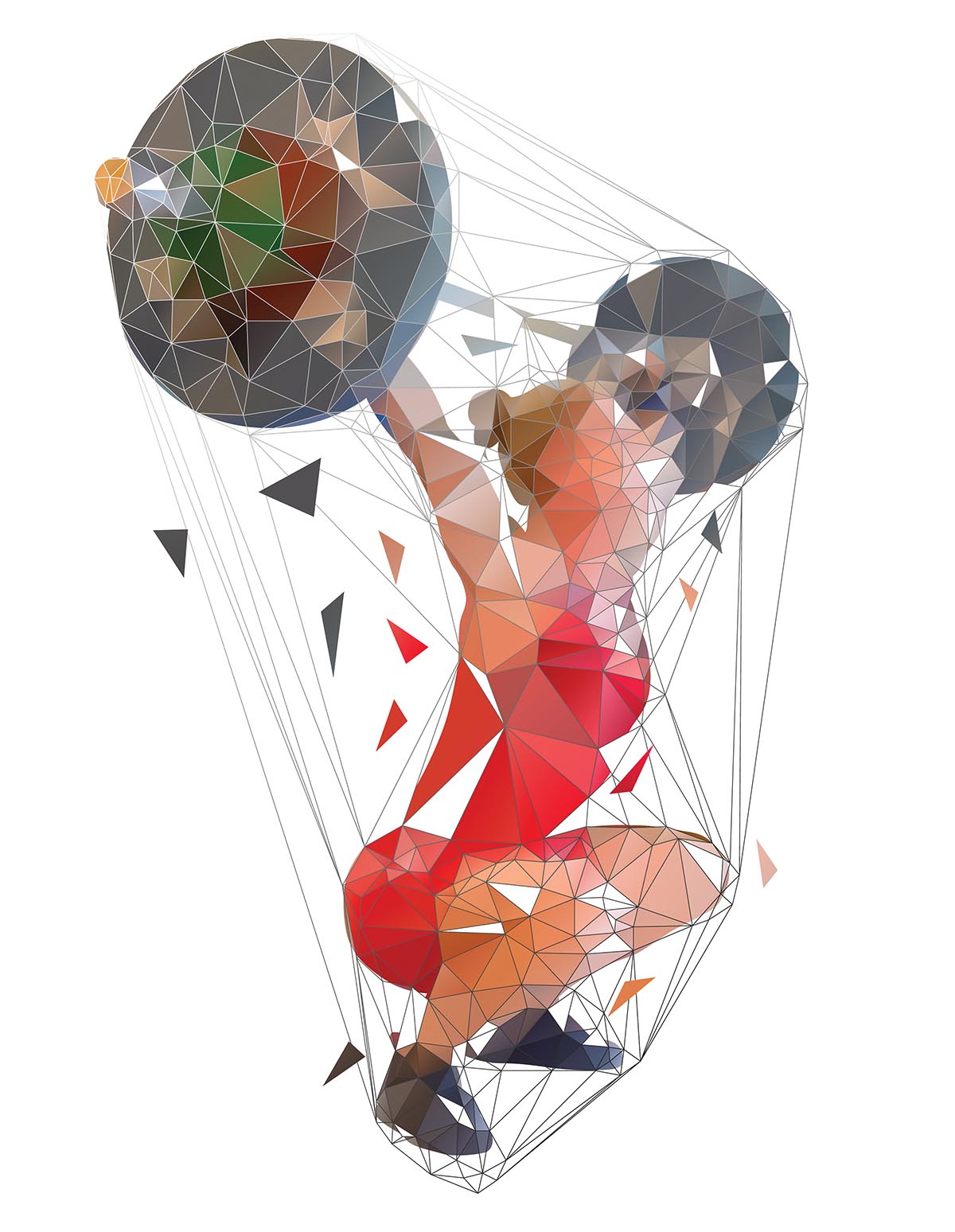
Do you aspire to be average or exceptional? Almost everyone says they’d choose the latter option, though few people understand how to move themselves in that direction.
Ruth Gotian, who has a doctorate in education, has made research into extreme high achievers the cornerstone of her career. A thought leader on adult learning and leadership, Gotian has spent years studying high performers in fields as wide ranging as medicine, business, and professional sports. Through this research, she’s identified four key actions taken by the world’s most successful people, which she details in her popular book, “The Success Factor.” These activities cross industries and personality types and are amazingly consistent from one extreme high achiever to the next. By engaging in these activities, you, too, could take the next step toward becoming exceptional.
They figured out their passion. Once you find your calling, you’re not going to quit. This is called intrinsic motivation. It’s a passion that comes from within, and it drives you. This inner drive is very different from extrinsic motivation, which is the pursuit of validation from others in the form of awards, prizes, and accolades. Extrinsic motivation occurs when other people judge you, and it’s very hard to maintain. Many people think if they trained at something and are good at it, then it’s their passion. Not necessarily, says Gotian. You can be very good at something that’s not your passion.

During Gotian’s research on success, she interviewed Dr. Anthony Fauci, the United States’ leading infectious disease expert who gained international prominence during the COVID-19 pandemic. Fauci crystallized the key distinguishing factor in finding a passion for work. “That is, you do something that’s important, not just interesting,” paraphrases Gotian. “If it’s merely interesting, it’s a hobby. If it’s important, it has a ripple effect that impacts many other people.”
For photographers, the importance of the work can take many forms, from documenting a once-in-a-lifetime event to building someone’s self-esteem through insightful portraits. This ties into the idea of being an artist, not just a technician. “When you do this, you are creating and capturing memories,” says Gotian. “I can’t think of anything more meaningful.”
They have a good work ethic. This drive means working smarter, not just harder, explains Gotian. Extreme high achievers face challenges just like the rest of us. However, the way they look at those challenges is different. They never question whether they will overcome the challenge. They know they will, so they focus on how they will overcome it. “Extreme high achievers are not afraid of failure. They fear not trying more than they fear failing,” says Gotian.
They have also figured out their peak performance hours. Extreme high achievers don’t need to work 18 hours a day. They determine when they are most productive and schedule their high cognitive work during that time. Then they reserve the tasks that don’t require as much of their attention for when they function at a lower performance level. For photographers, this could mean focusing on creative tasks during your most productive times of day and saving your bookkeeping for the times of day when you’re just going through the motions. As long as you’re spending regular time on what you love, you’ll maintain your motivation. In fact, research shows you need to spend only 20 percent of your time doing what you love to decrease the risk of burnout.

They built a strong foundation and constantly reinforce it. Extreme high achievers don’t abandon the lessons of their early days in a field. They go back to those fundamentals continually and build on them. In sports, this is often referred to as going back to the basics, and the concept is no different for photographers. The most successful photographers continually refer to their technical fundamentals, constantly practicing their technique while building on it to go in new creative directions.
They realize they don’t have all the answers. No matter how successful you are, it’s important to continue learning, studying, and adopting new ideas. The only reason I’d want to be a billionaire: To be able to read up to 8 hours a day. I might finally make it through my to-read list. They’ve reached a level of success that seems to most people like the zenith, but they’re still hungry for more knowledge.
Don’t love reading? Virtual courses, podcasts, LinkedIn Learning courses, YouTube explainer videos, online tutorials, TED Talks, and many other educational options are readily available. The idea is to be always actively learning. “There’s no limit to what you can learn when you open your mind up to new connections, and that helps you see things that other people can’t see,” says Gotian.
Gotian also recommends accelerating your learning by surrounding yourself with a team of mentors in three layers:
- People who are senior to you. They have seen it, done it, and have abundant experience.
- People who are junior to you. They have different ways of communicating, new ideas, and are talking to people who may not be in your circle.
- Peers. They provide an opportunity to learn from people at your level who are working through similar challenges in their businesses.
Consider these mentors your board of advisors. Each will give you advice based on their perspective. Your job is to listen to the advice, then determine what is best for you. Part of that consideration should be advice that pushes you out of your comfort zone because those ideas may be the ones that help you take your work to the next level.
Ask yourself, Does this really need to be done now, and if so, do I need to do it? If the answer to either of those questions is no, then reschedule or reassign that task.
SETTING GOALS
Once you understand the lessons from extreme high achievers, it’s time to set goals that work for you. This means setting a series of goals, not the ultimate goal, Gotian says. “I don’t know any athlete who put on a uniform for the first time and said their next step was to compete in the Olympics. It’s all about the next achievement, and the one after that, and the one after that.” These are stepping stones on the path to continual improvement.
Along this path, it’s important to recognize when you achieve a goal and then celebrate it. This acknowledgment will encourage you to reach for the next milestone. As you continue toward that next milestone, maintain singular focus on that goal. Streamline the things that aren’t moving you closer to your next goal. Ask yourself, Does this really need to be done now, and if so, do I need to do it? If the answer to either of those questions is no, then reschedule or reassign that task.
“My goals fit on a three-by-three note,” says Gotian. “It’s really that simple. I look at it every single day. Every day I ask myself what I can do that day to get closer to that goal.”
Give yourself something tangible to refer to, and keep going until you hit that tangible goal, and then celebrate it. Repeat the process over and over as you progress toward the realm of exceptional achievement.
Jeff Kent is editor-at-large.
Tags: inspiration
